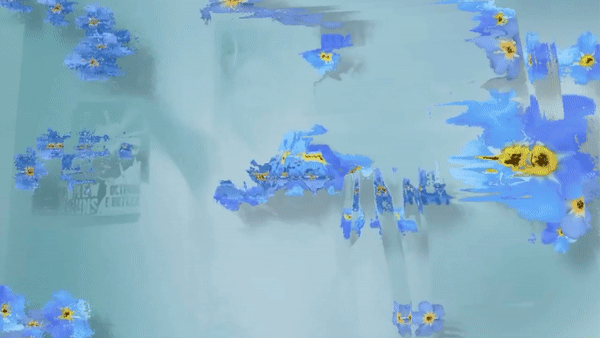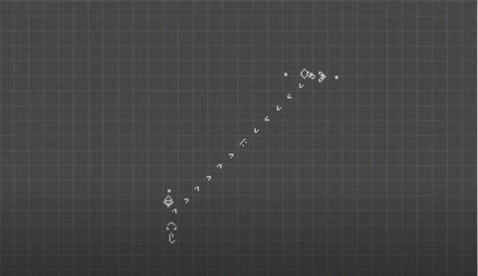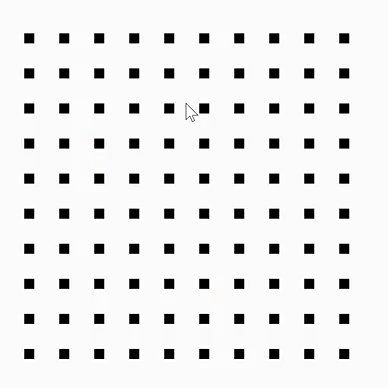Generative art has advantages and limitations – the advantages are that you can create consistent content, the limitations are that you create consistent content.
This might be a problem if you were trying to generate images of random but different themed scenery/backgrounds for a game (e.g. a cave, an underwater location, a fiery location). It might be difficult to generate images with specific themes and details. Generative art might make it difficult to create content that is stylistically unique.
A scenario in which this wouldn’t be a problem is if you were creating scenery or backgrounds for a generic location in a game. In this case, the generated images don’t need to have anything inherently interesting or special about them, they just need to not be distracting. (You could also create generic images to show on your computer lock screen. This also reminds me of the screensavers computers used to have.)
Some strategies for overcoming this problem would be to make additional changes to the content to make it unique, either with artistic decisions by hand or by manipulating each generated image with a different, unique algorithm.



